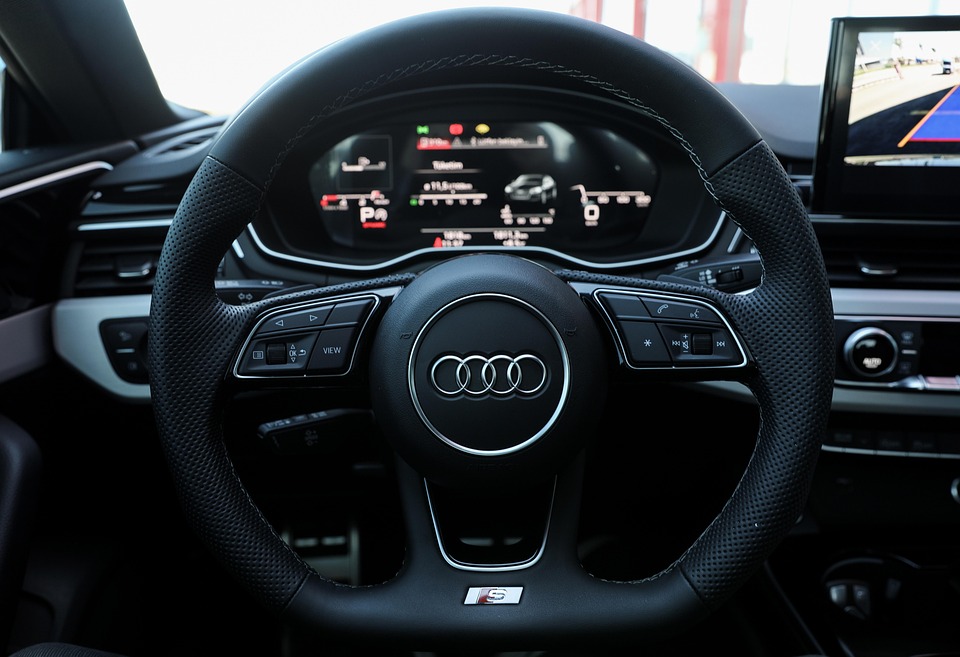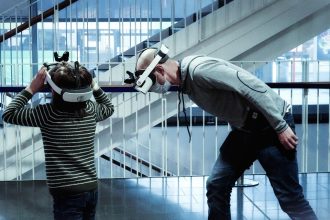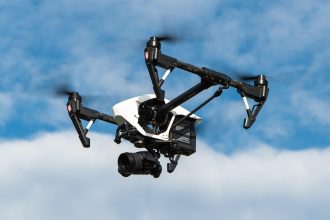Reduced Human Error
Human error causes nearly 94% of all car accidents. Autonomous cars aim to eliminate this factor by relying on precision computing rather than emotional judgment.
Traffic Efficiency
AI-driven cars can communicate with each other to optimize traffic flow—reducing congestion, fuel use, and commute times.
Accessibility for All
Elderly individuals and people with disabilities could gain newfound independence through self-driving technology, creating a more inclusive world of mobility.
Safety Records and Statistics
So far, autonomous vehicles have logged millions of miles with fewer accidents per mile than human-driven cars. However, high-profile incidents—like Tesla’s Autopilot crashes—raise concerns about reliability and accountability.
While AVs statistically perform well, each mishap receives massive attention, fueling public skepticism.
Common Accidents Involving Self-Driving Cars
Common causes include:
- Misinterpretation of road markings
- Sensor blind spots
- Unexpected pedestrian or cyclist movements
- Software glitches during complex scenarios
Even with advanced sensors, self-driving cars can struggle with unpredictable human behavior.
Human vs. Machine: Who Drives Better?
Machines don’t get drunk, sleepy, or angry—but they lack human intuition. A seasoned driver might anticipate danger instinctively; an AI might misread the same situation.
So, while computers excel in consistency, humans still outperform them in adaptability. The future likely lies in human-AI collaboration—not competition.
Ethical and Legal Challenges
Who’s Responsible in an Accident?
If an autonomous car crashes, who takes the blame—the manufacturer, the programmer, or the passenger? Legal systems worldwide are still wrestling with this question.
Programming Moral Decisions
Imagine a scenario where a crash is inevitable—should the car protect its passengers or pedestrians? These moral dilemmas are among the toughest challenges engineers face.
Cybersecurity Risks
Autonomous cars are essentially computers on wheels, making them potential targets for hackers. A security breach could allow outsiders to control critical functions—brakes, steering, or acceleration. Companies are investing heavily in cyber defense systems to prevent such catastrophes.
Public Trust and Perception
Despite impressive technology, public confidence remains shaky. Many people fear relinquishing control to a machine. Studies show that while people admire automation, they don’t yet fully trust it—especially when their lives are on the line.
Government Regulations and Policies
Different countries have varied stances on self-driving cars. The U.S., Germany, and Japan have introduced guidelines for testing and deployment, while others still restrict usage. Stronger global regulation is essential to ensure safety and consistency.
Real-World Examples: Tesla, Waymo, and More
- Tesla uses semi-autonomous features like Autopilot and Full Self-Driving (FSD), relying heavily on cameras and AI.
- Waymo (by Google’s parent company, Alphabet) operates fully autonomous taxis in parts of Arizona.
- Cruise, Zoox, and Aurora are also shaping the autonomous ecosystem with their own innovations.
Each company’s approach varies, but the mission is the same: make roads safer and transportation smarter.
The Future of Self-Driving Safety Technology
The future promises AI systems that self-correct in real-time, better sensor fusion, and even vehicle-to-vehicle (V2V) communication, allowing cars to “talk” and coordinate safely. Combined with 5G networks, this could make accidents nearly obsolete.





